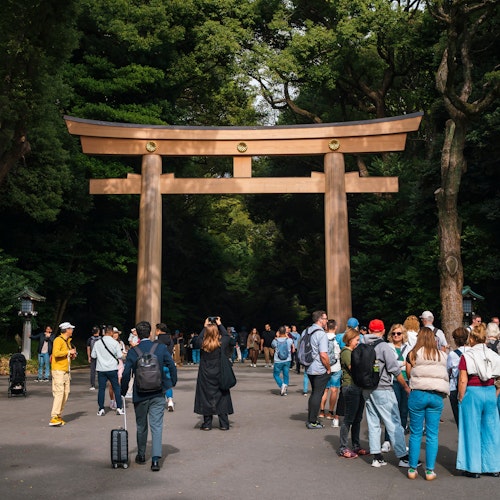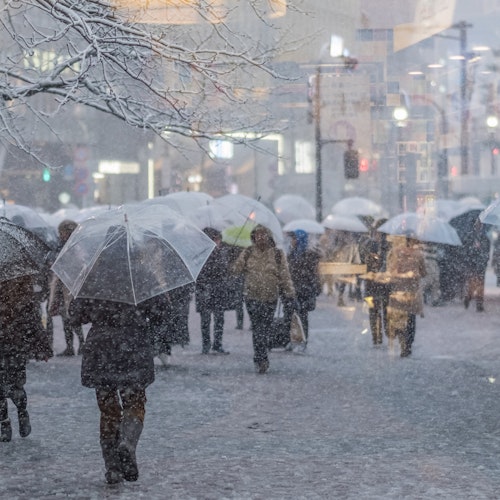
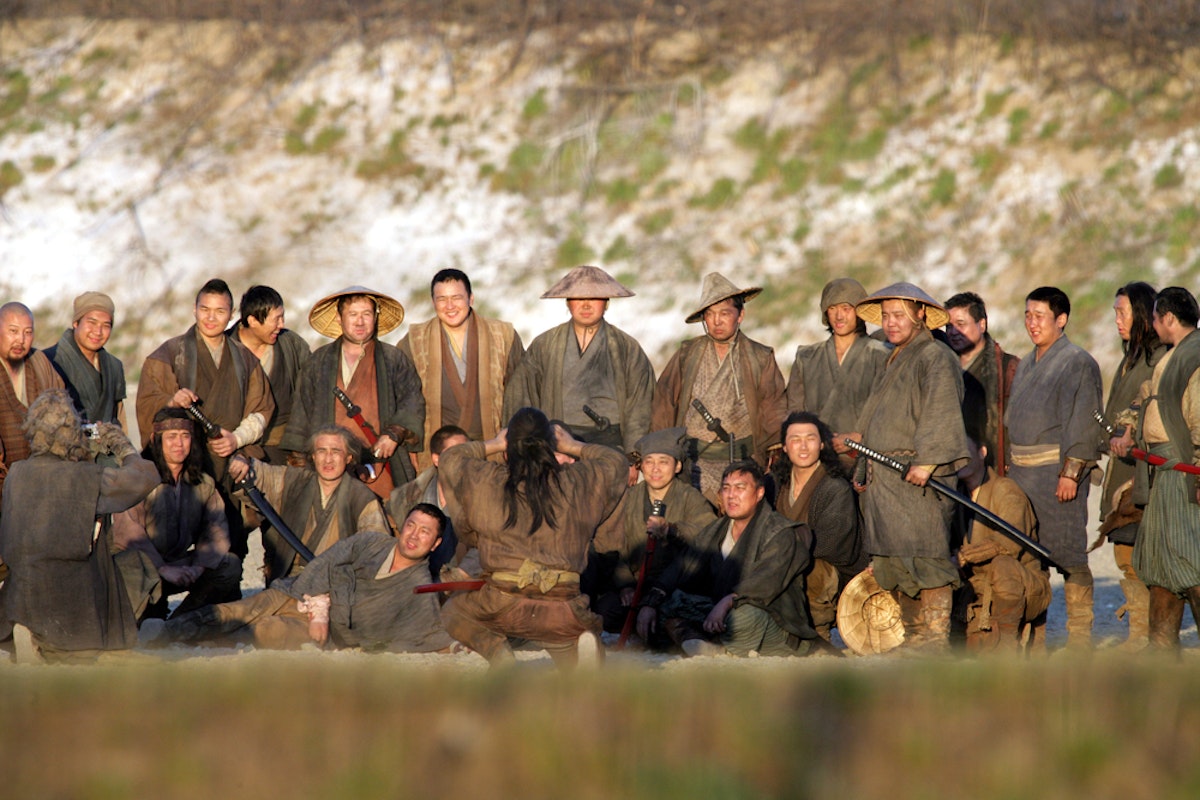
47浪人的故事是一个深深植根于 日本历史与文化,今天继续引起共鸣的传奇。 这个传奇情节不仅仅是一个故事;它是忠诚,荣誉和个人牺牲的象征。 这些都是武士所珍视的价值观,武士阶层曾经站在日本封建社会的顶峰。
"勇气不是没有恐惧,而是判断别的东西比恐惧更重要,"经常被归因于武士的一句话也是如此。 在这种情况下,"别的东西"是荣誉和正义。
关键人物,如浅野勋爵和 吉田基拉 他们的行动和决定几乎成了神话,决定了事件的进程,这将导致日本历史上最戏剧性的事件之一。
在一个决定命运的日子里,浅野勋爵被激怒攻击吉田基拉,这一行为被认为是幕府法律下的严重罪行。 后果是严重的:浅野勋爵被命令切腹,一种仪式自杀的形式。 这留下了他的武士,现在被称为47浪人,无领导和漂泊。
罗宁随后对基拉豪宅的报复袭击仍然在歌舞伎剧中讲述,并已成为一个决定性的时刻。 武士遗产. 这篇博客文章将深入研究四十七个rōnin的真实故事,揭示产生这个永恒故事的人,事件和文化背景。
四十七个rōnin的传奇,也被称为Genroku Ako事件,是一个跨越几个世纪的凄美故事。 这是一个叙述,体现了武士精神,并封装了武士道的本质,武士的荣誉守则。
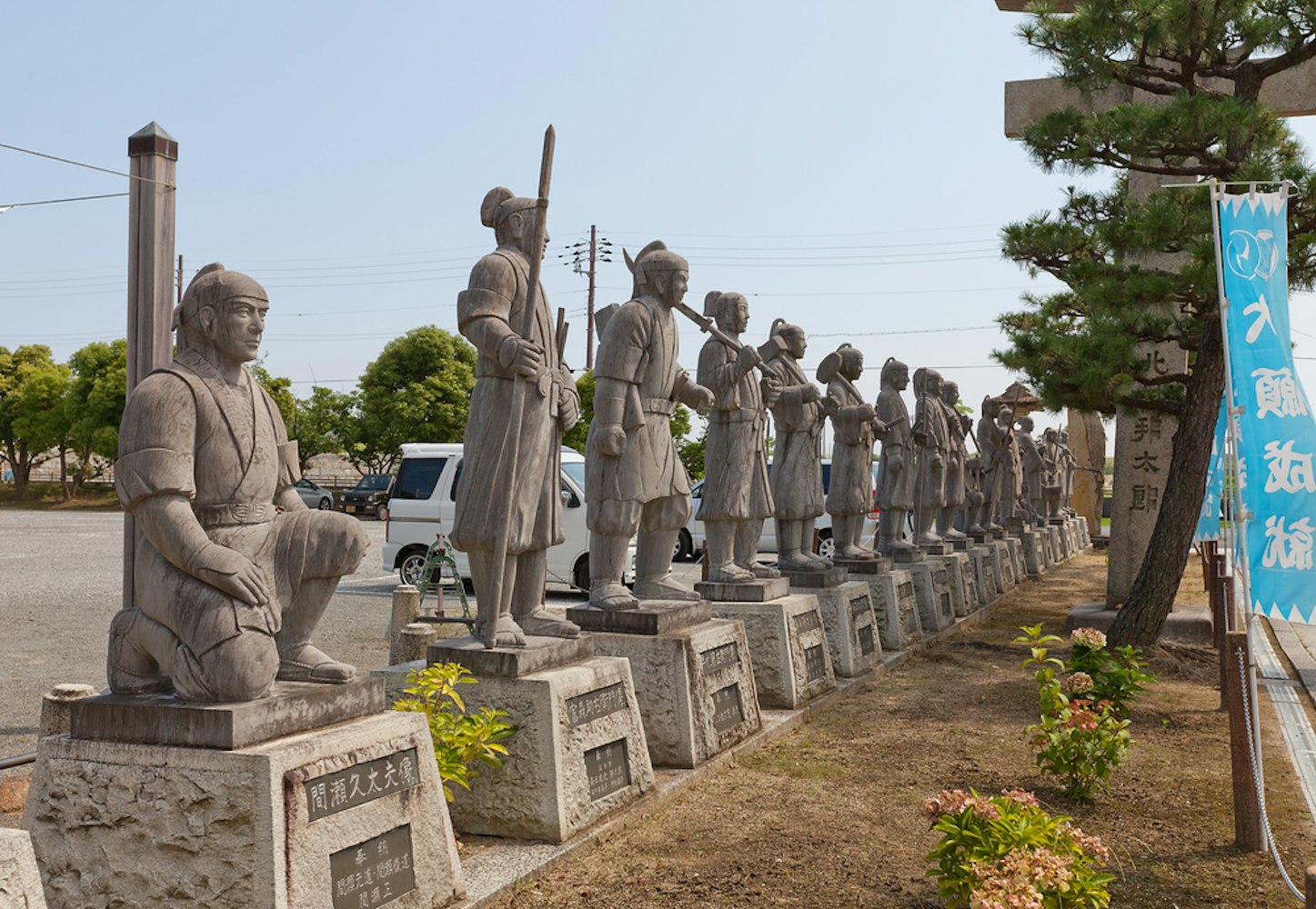
这一历史事件发生在 日本江户时代. 这个故事在日本的文化心理中根深蒂固,通过歌舞伎戏剧、电影和木刻版画等多种媒介进行了戏剧性的复述。
故事发生在江户时代(1603-1868),这是一个在德川幕府统治下经历了两个多世纪和平的时代。 社会结构是严格的等级,武士阶层坐在社会的最高层。 事件本身发生在18世纪初,具体来说,对基拉豪宅的袭击发生在1703年12月14日下雪的冬夜。
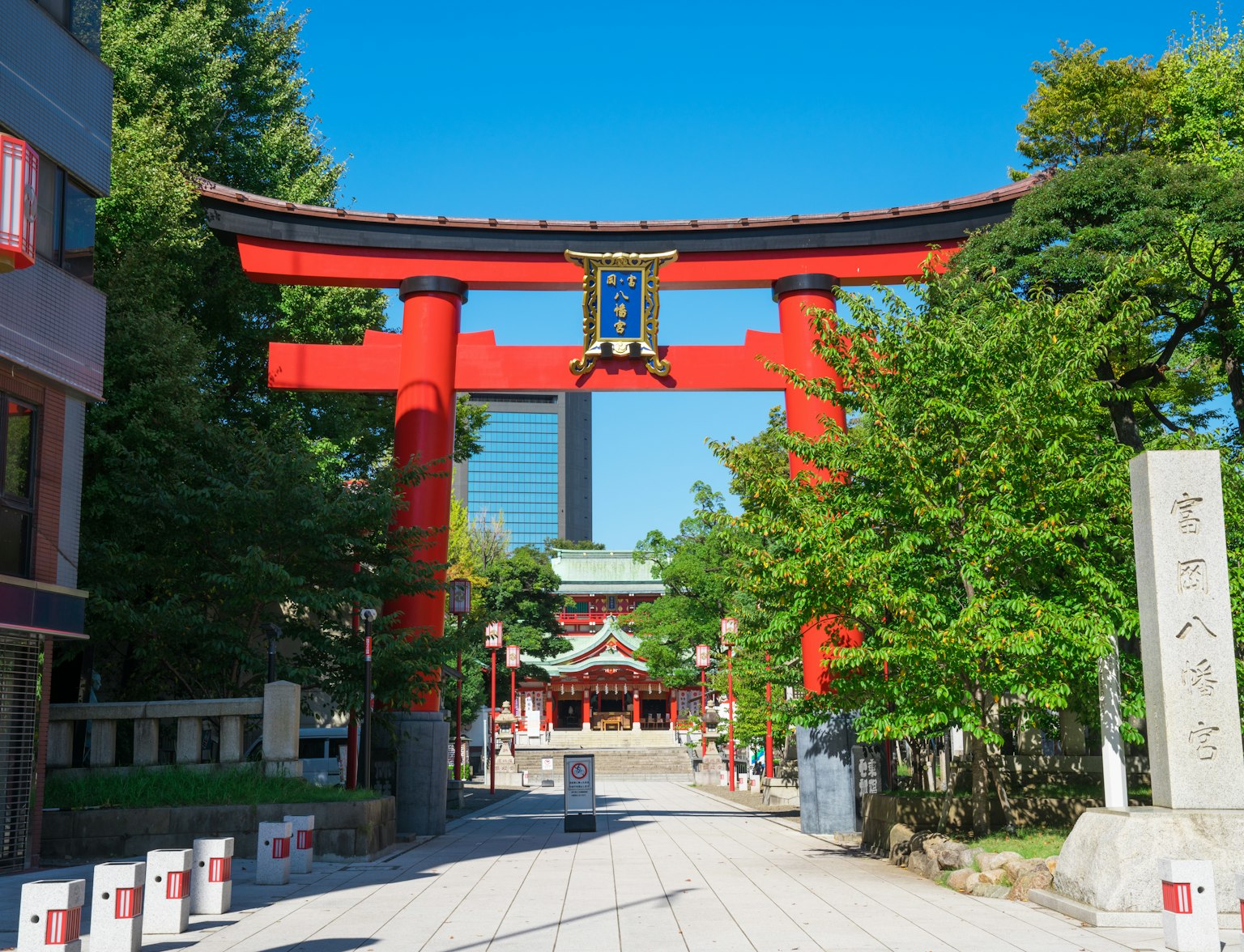
与江户东京步行之旅一起,踏上一个迷人的旅程,穿越东京丰富的过去.
江户时代,日本的政治气候以幕府统治下的中央封建制度为特征。 幕府将军掌握了最高权力,从江户(现代东京)统治. 在幕府将军的下面是封建领主,或者大名,他们在向幕府将军致敬的同时管理着各自的领地。
浅野勋爵就是这样一位来自赤穗藩的大名。 宫廷礼仪受到高度重视,任何被认为是不尊重的行为都可能导致严重的后果,正如浅野勋爵在对基拉爆发后的命运所证明的那样。
长野勋爵是来自赤穗藩的年轻大名. 他以对法院官员吉拉吉中的冲动攻击而闻名,这导致了他的命令切腹。 这让他的武士没有领袖,把他们变成了浪人。
在浅野攻击的接收端,吉中基拉是一位强大的宫廷官员。 他所谓的对浅野的侮辱导致了后者的爆发,使这一历史事件的车轮开始运转。
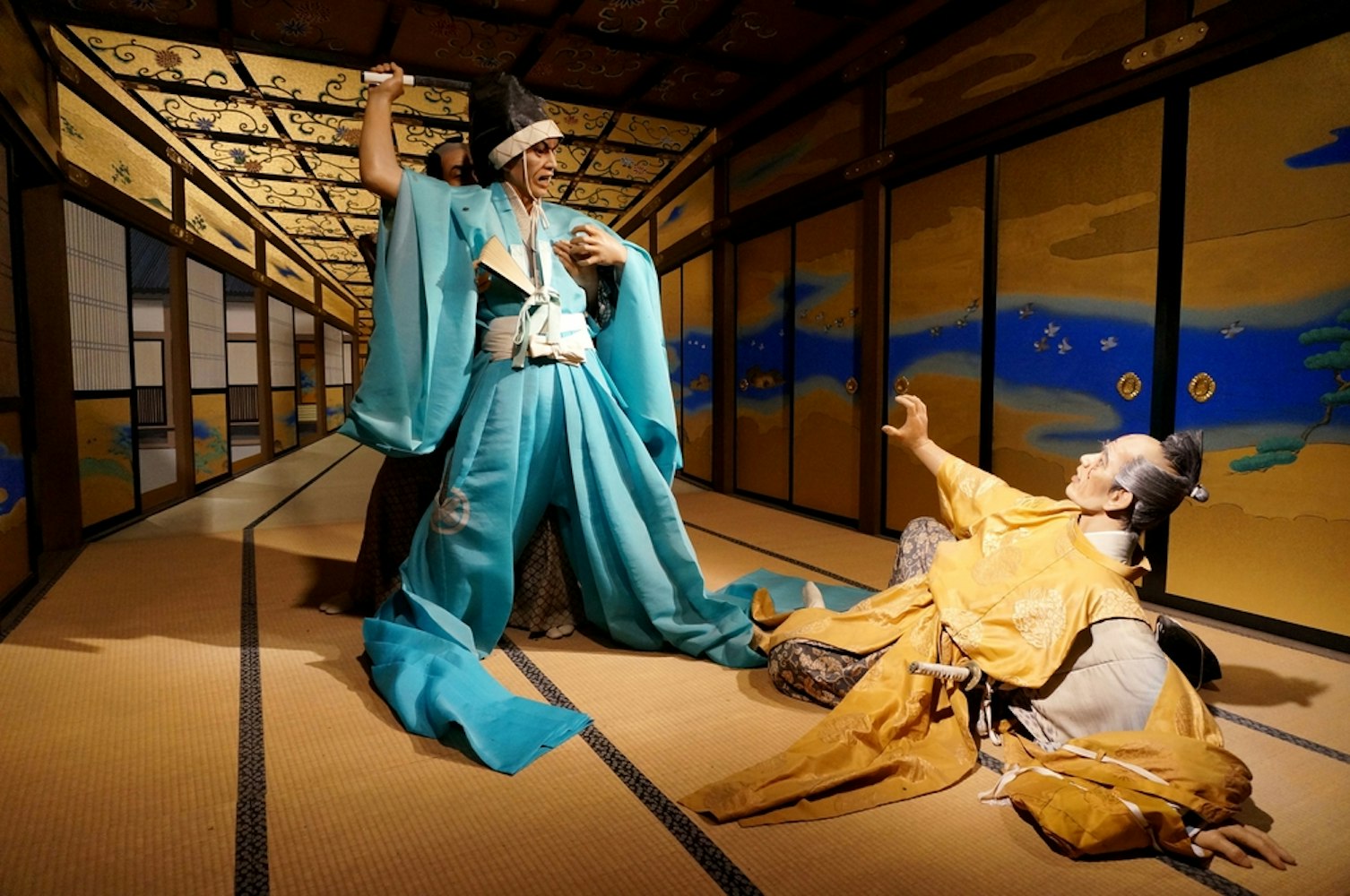
这47名浪人是浅野勋爵的忠实家臣,在他们的勋爵死后,他试图通过杀死基拉来报复他。 在大石仓之助的带领下,他们精心策划了复仇,最终成功地袭击了基拉的豪宅。 完成任务后,他们自首,随后被命令切腹,完好无损地死去。
“忠诚和奉献带来勇敢。勇敢带来自我牺牲精神。自我牺牲精神创造对爱的力量的信任。”
-Morihei Ueshiba
江户城堡事件,也被称为元陆事件,标志着日本历史上的一个重要事件。 这一关键事件发生在江户城堡的城墙内,这是一个庞大的建筑群,是德川幕府的核心。 这座城堡有长而宽敞的走廊,见证了浅野勋爵和吉田基拉之间发生的一系列戏剧性事件。
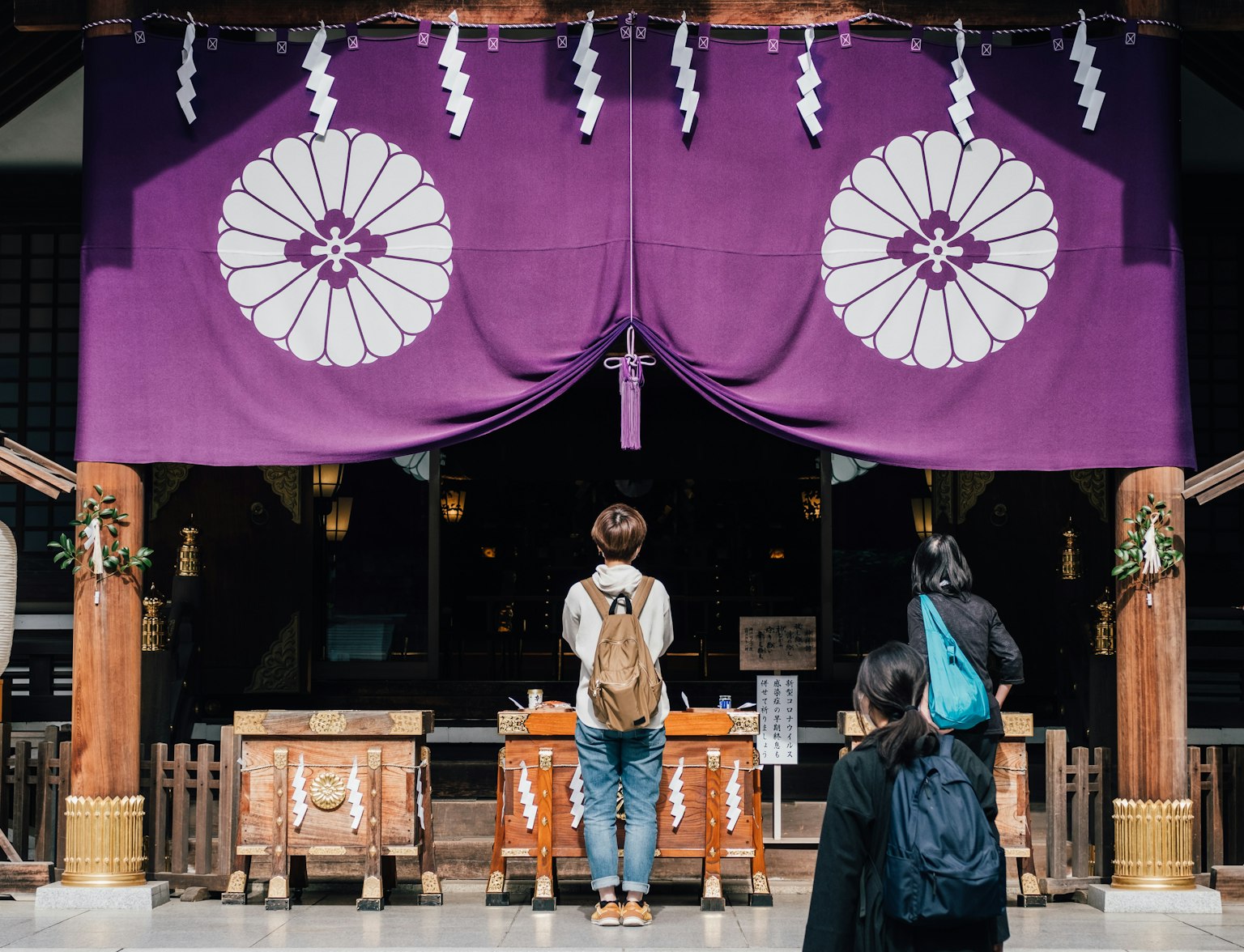
沉浸在旧江户的世界与一个激动人心的步行游览东京的Kagurazaka.
在这个故事中,年轻的大名长野勋爵和高级宫廷官员吉拉吉纳卡是两个核心人物。 他们的不和始于浅野和其他大名被召唤到江户城堡接受基拉的宫廷礼仪指导。 然而,被指控来自基拉的侮辱导致浅野拔出他的短剑并攻击基拉,这是幕府将军宫廷内的严重罪行。
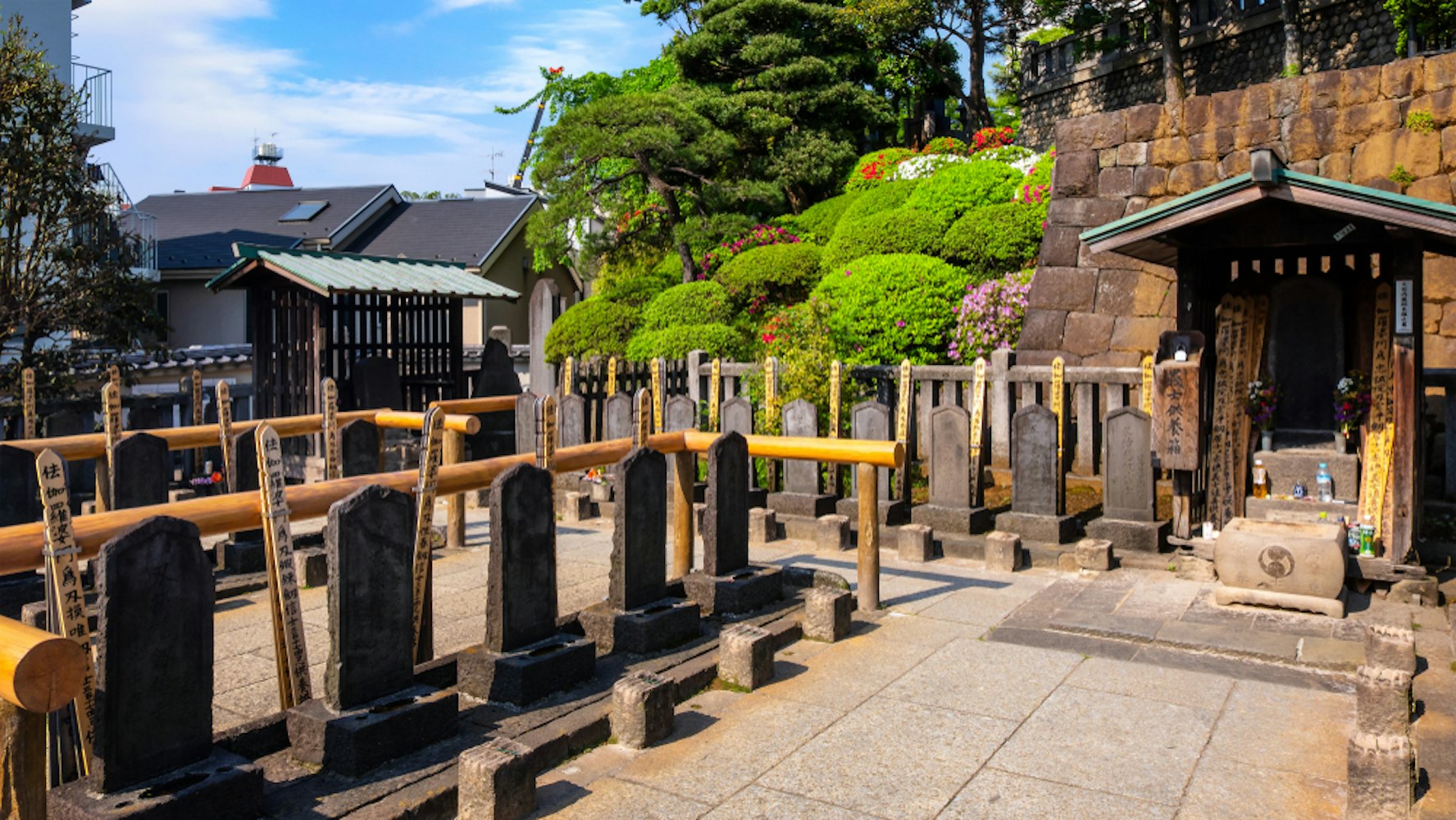
在江户城堡宽敞的走廊里发生的浅野和基拉之间的争吵违反了城堡城墙内严格的行为准则。 这种暴力行为是史无前例的,它为一系列事件奠定了基础,这些事件将在47罗宁的传奇故事中达到高潮。 这场世仇不仅导致了浅野的垮台,而且给他的家臣的生活留下了深刻的影响,并对日本的历史进程产生了重大的影响。
浅野在江户城内拔剑攻击基拉的鲁莽行为是严重违反法律的。 在幕府宫廷,任何形式的暴力,特别是对基拉这样的宫廷官员的暴力,都是严格禁止的。 因此,浅野对基拉的袭击产生了可怕的后果。
由于他的行为,浅野被命令进行切腹,这是一种仪式自杀行为,意味着光荣的死亡。 这种惩罚不仅使浅野失去了生命,而且导致了他的土地被没收和武士的解散,使他们失去了主人,并将他们变成了浪人。
这次对浅野的严厉惩罚是江户时代幕府严格执行的行为准则的证明。 由此产生的无主武士将踏上复仇之路,寻求恢复他们的主的荣誉,从而产生了47罗宁的传奇故事。
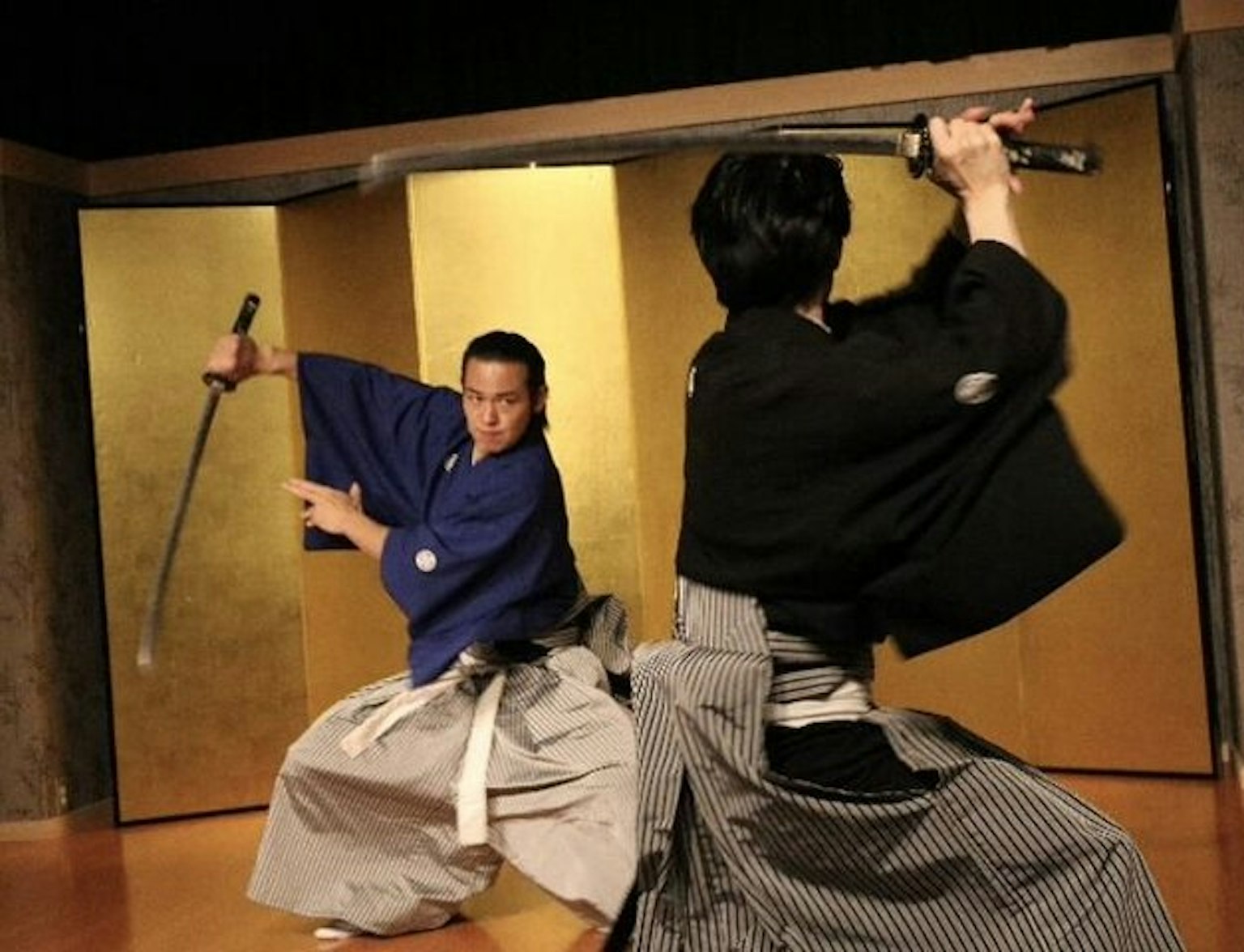
踏入古老的日本与身临其境的武士体验!
四十七浪人的形成是一个沉浸在荣誉,忠诚和复仇中的故事。 这群无主武士,被称为浪人,从他们的封建领主浅野长森的后果中出现,迫使切腹袭击一名宫廷官员。 他们的故事是对武士荣誉守则的证明,该守则要求他们为他们的主人的不公正死亡寻求报复。
"Love is perfected by fidelity. Faith in the small things makes faith in the big things easier. It's not the performance that counts: it's the loyalty!"
-特里*普拉切特
在浅野勋爵死后,他的武士没有领袖,变成了浪人。 这是47浪人形成的一个重要时刻。 他们的主人被迫切腹和地位的丧失的严酷现实震撼了他们的生活。 然而,这些武士并没有接受他们的命运,而是决定他们的荣誉守则要求报复。
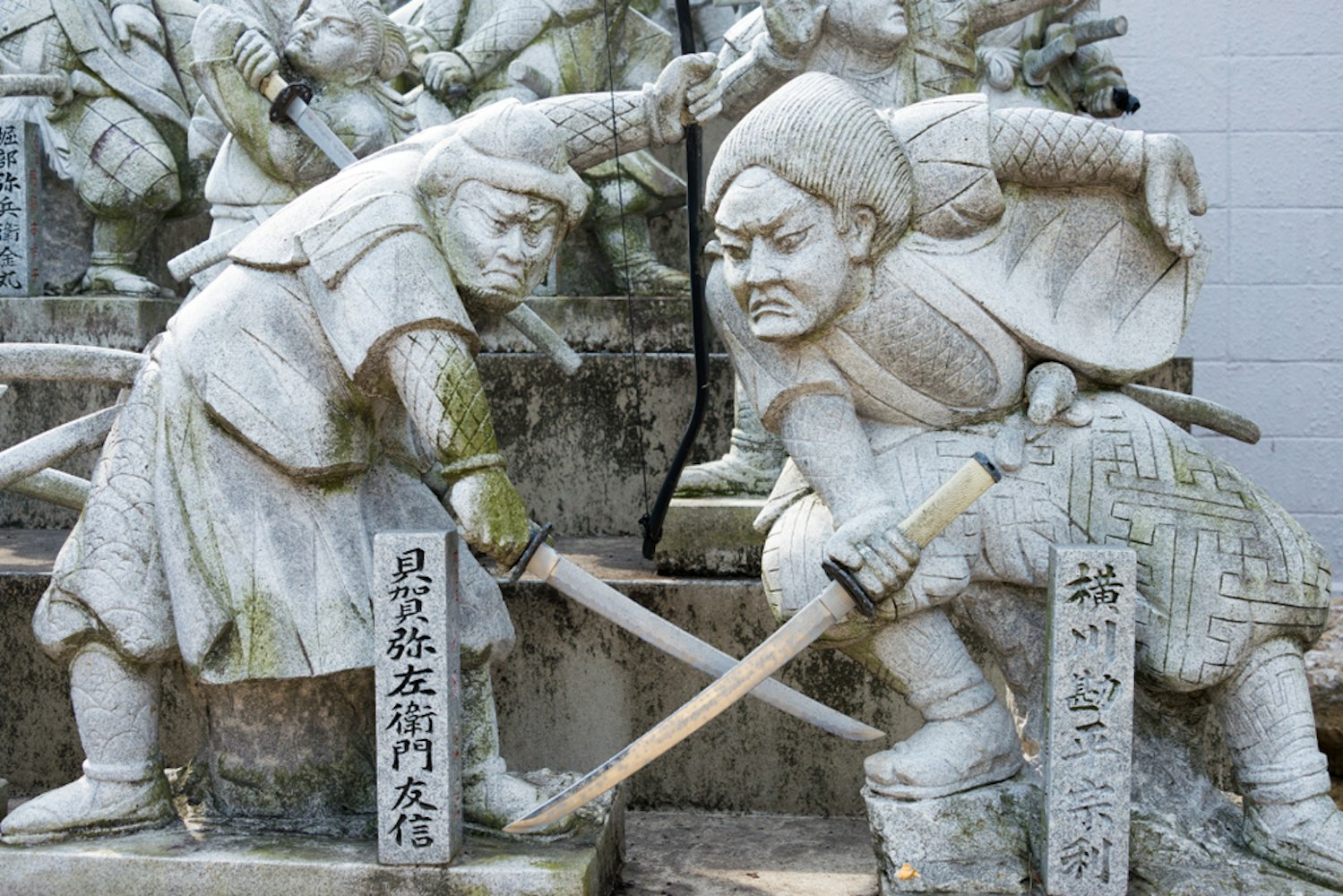
在日本文化中,没有主人的武士经常被鄙视,并被认为是失去地位的失败。 然而,47浪人把这种看法转到了头上。 尽管他们无主,但他们仍然忠于已故的领主,密谋通过杀死基拉来报复他的死亡,从而标志着Akō仇杀的开始。
浅野氏的首席家臣大石仓之助成为四十七浪人的首领。 作为一个真正的武士,大石展示了非凡的领导才能,团结了心灰意冷的浪人,并向他们灌输了新的目标感。 在他的指导下,浪人秘密宣誓杀死基拉,为他们的主人的死亡报仇。
誓言不仅仅是一个承诺,而是对他们坚定不移的忠诚和决心的证明。 它象征着浪人的集体决心,维护他们的主人的荣誉,即使牺牲他们的生命。 这一誓言为他们袭击基拉的豪宅奠定了基础,这一事件将使他们在日本历史上永垂不朽。
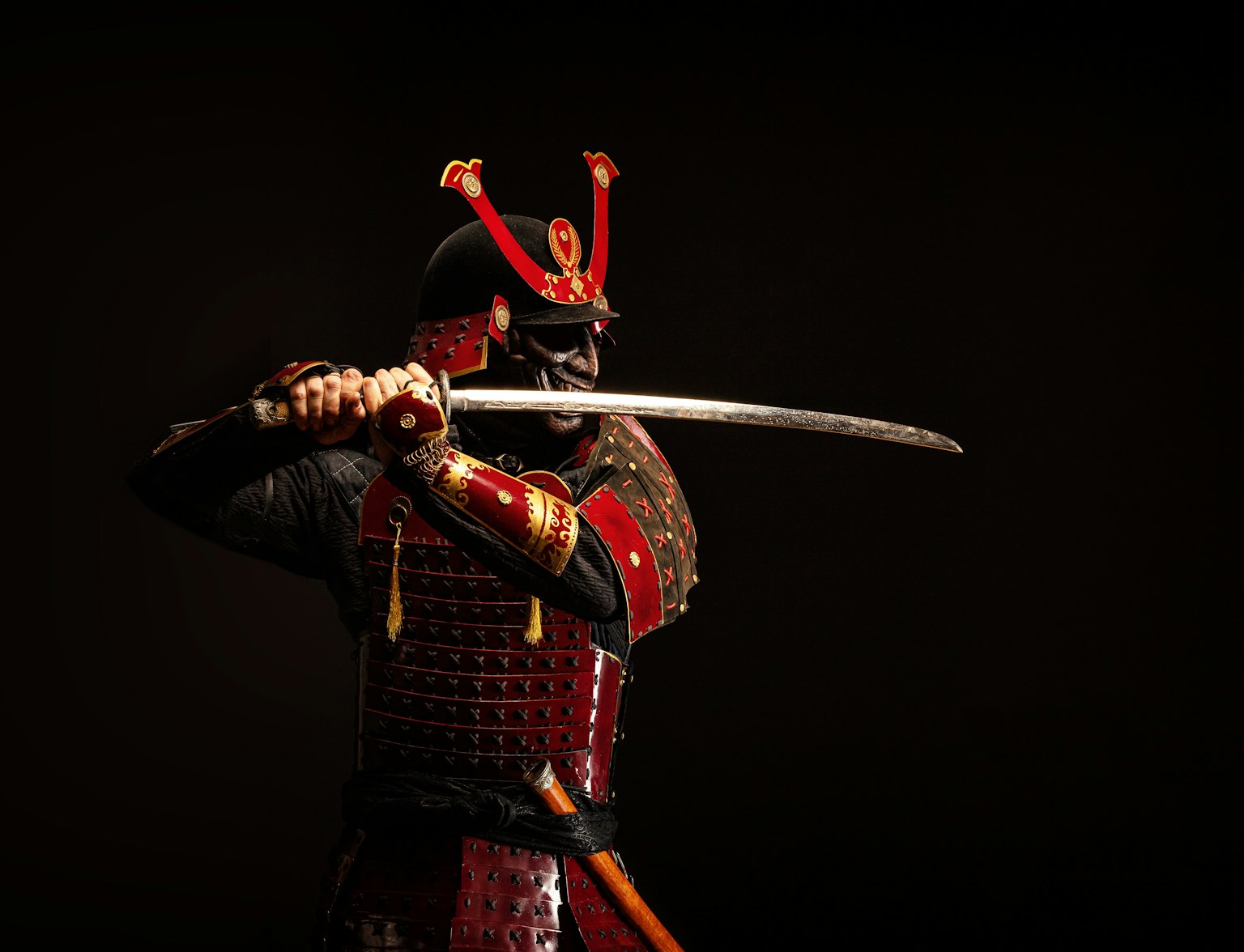
释放你内心的战士与我们的武士盔甲照片拍摄在东京涉谷.
由47Ronin制定的复仇计划证明了他们的战略敏锐性和对武士荣誉守则的坚定承诺。 这不仅仅是一个计划,而是一个以耐心、欺骗和决心为标志的精心设计的战略,最终导致了akō vendetta的成功。
47名浪人所采用的策略是欺骗和耐心的杰作。 在大石仓之助的带领下,他们在任何情况下都秘密发誓要为基拉报仇。 鉴于他们在Asano去世后受到严密的审查,他们必须谨慎行事以避免引起怀疑。 因此,他们等待时机,耐心地等待合适的时机。

特别是大石,为了摆脱怀疑,竭尽全力. 他过着明显放荡的生活,使人觉得他放弃了武士的荣誉。 这种欺骗行为是他们战略的一部分,旨在哄骗基拉进入虚假的安全感。 与此同时,浪人悄悄地收集了基拉家庭的信息,了解了布局和警卫的惯例。 经过近两年的精心准备,他们终于对基拉的豪宅发动了进攻,让所有人措手不及。
这47名浪人在寻求复仇的过程中面临着无数的困难. 作为浪人生活,他们被剥夺了地位,面临着相当大的社会耻辱。 他们还不得不忍受看到他们的主人的杀手逍遥法外的痛苦,而他们等待着他们的时间并计划着他们的报复。
尽管有这些挑战,浪人仍然坚定地致力于荣誉和忠诚。 他们对已故的主人浅野的持久忠诚,以及他们坚持武士荣誉守则的决心,即使牺牲了他们的生命,都是他们故事的关键方面。
在成功地为他们的主人报仇后,他们心甘情愿地自首,知道他们将因违反幕府将军的复仇禁令而被判处死刑。 他们面对死亡的意愿突出了他们对武士法典的承诺,使他们成为日本文化中荣誉和忠诚的持久象征。
47浪人对基拉豪宅的袭击是他们故事中的关键时刻。 它展示了他们的战略实力,耐心和坚定不移的承诺,为他们的主人,浅野勋爵报仇。 他们细致的计划和协调的攻击,以吉田基拉的死亡结束,是他们作为武士的忠诚和荣誉的证明。
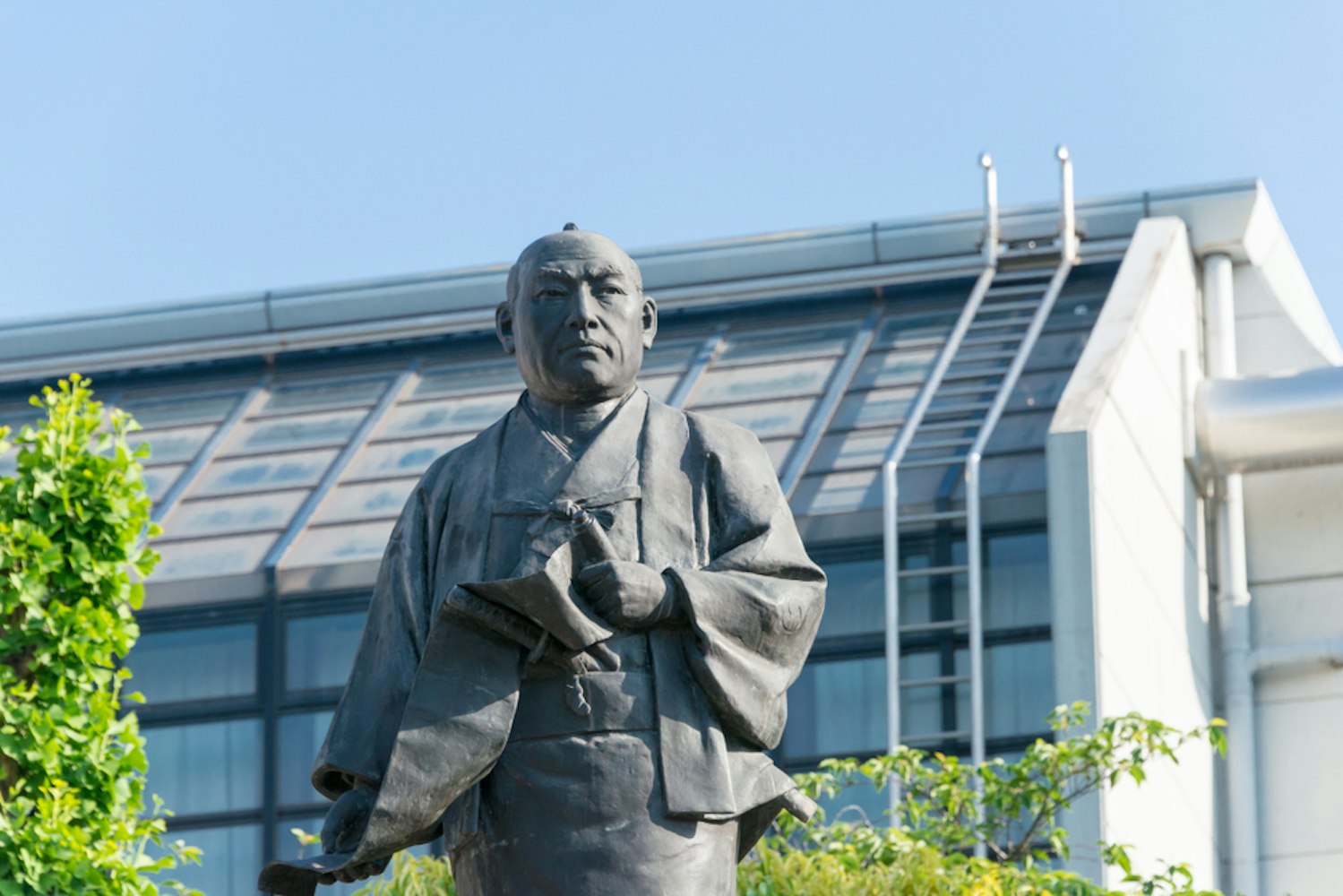
四十七个浪人的阴谋的高潮是精心策划和执行的攻击基拉勋爵的豪宅。 他们的策略是复杂的,浪人把自己分成两组,同时从正面和背面围攻大厦。 这一旨在切断所有逃生路线的战术举措强调了他们致力于确保基拉不会逃避他们的报复。
罗宁手持剑,在12月的一个下雪的夜晚发动了进攻. 尽管基拉的守卫进行了抵抗,浪人还是压倒了他们,渗透到大厦里,为一场激烈的战斗奠定了基础。 他们的攻击不仅是身体上的,也是心理上的,因为他们用鼓来表示攻击的开始,用哨子来确认基拉的死亡。
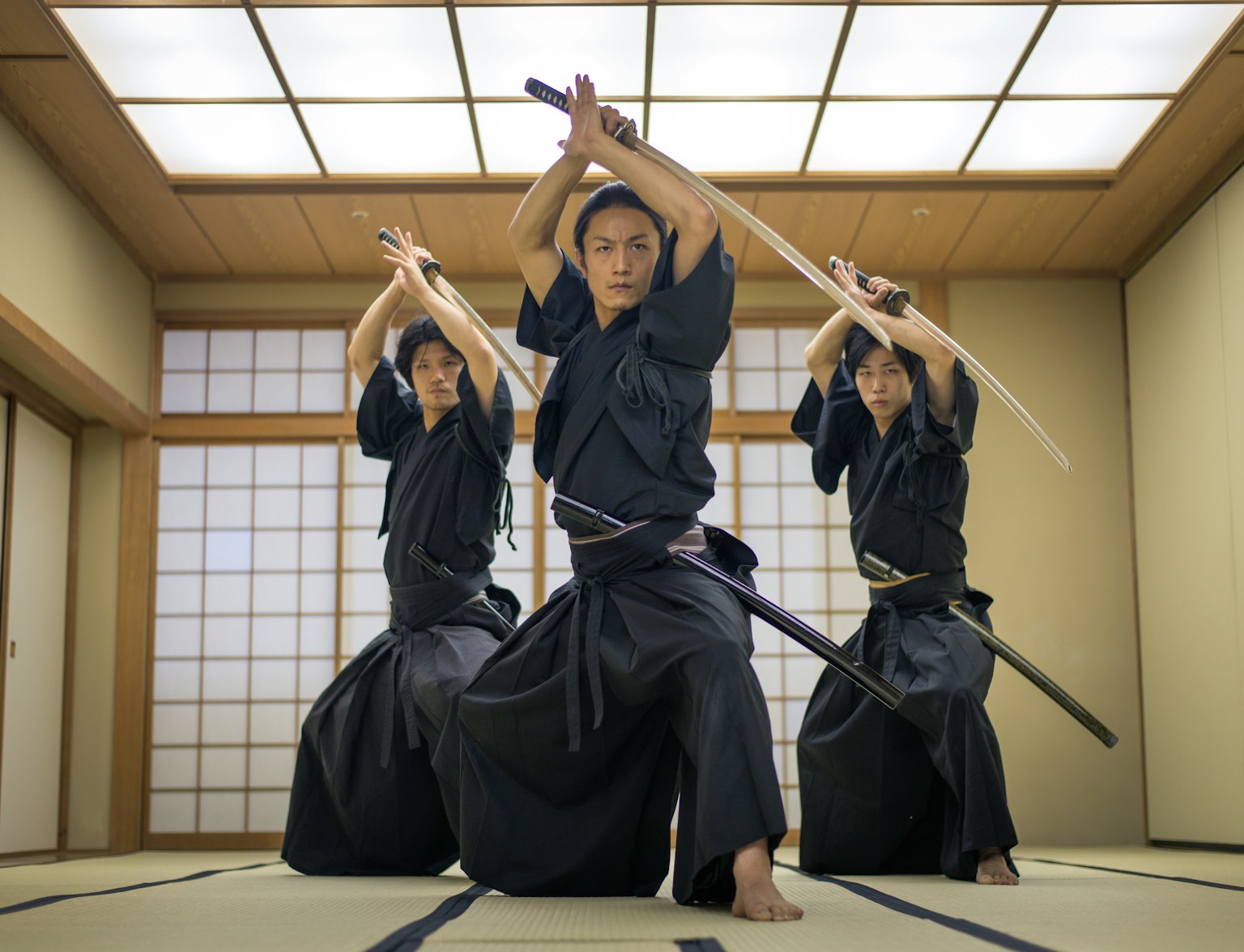
释放你的内在武士与一个迷人的Mugai Ryuiido经验在东京.
吉拉*吉纳卡的死标志着47名浪人故事的一个关键点。 基拉尽管试图为自己辩护,但最终还是被浪人击败并杀死了。 他的死是浪人为他们的主人浅野勋爵报仇的长期计划的成功高潮。
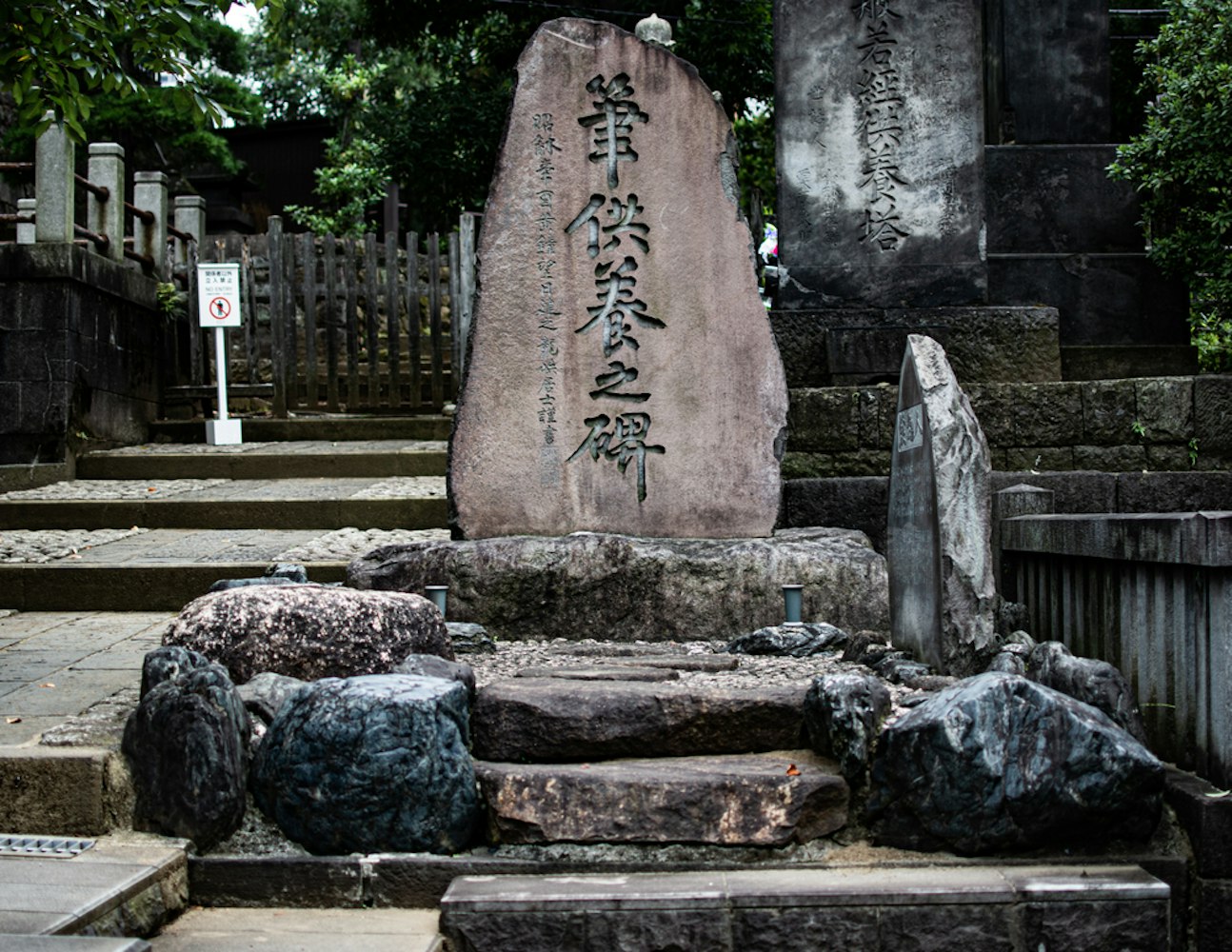
杀死基拉后,浪人没有逃跑。 相反,他们带着基拉的头去了森加古寺,作为他们复仇的证明。 在那里,他们在浅野勋爵的坟墓中展示了基拉的头,这是一个强大的象征性行为,进一步证明了他们坚定不移的忠诚和对武士荣誉守则的坚持。
47名浪人的行为引起了幕府和公众的不同反应。 由德川纲吉领导的幕府被置于岌岌可危的地位。 虽然他们不能忽视浪人的违法行为,但他们也必须承认浪人在为他们的主人寻求正义时遵守了武士的荣誉守则。
同时,公众被浪人的故事迷住了。 他们对主人坚定不移的忠诚,他们一丝不苟的计划,以及他们对基拉勋爵的成功报复,引起了许多日本人的共鸣。 尽管他们的行为具有暴力性质,但浪人被视为体现了忠诚和荣誉的武士精神的英雄。
在他们成功的使命之后,四十七名浪人并没有试图逃避他们行为的后果。 他们心甘情愿地将自己变成当局,再次证明他们对武士法典的承诺。 结果,他们被幕府命令进行切腹自杀,这是一种在武士中被认为是光荣的仪式自杀形式。
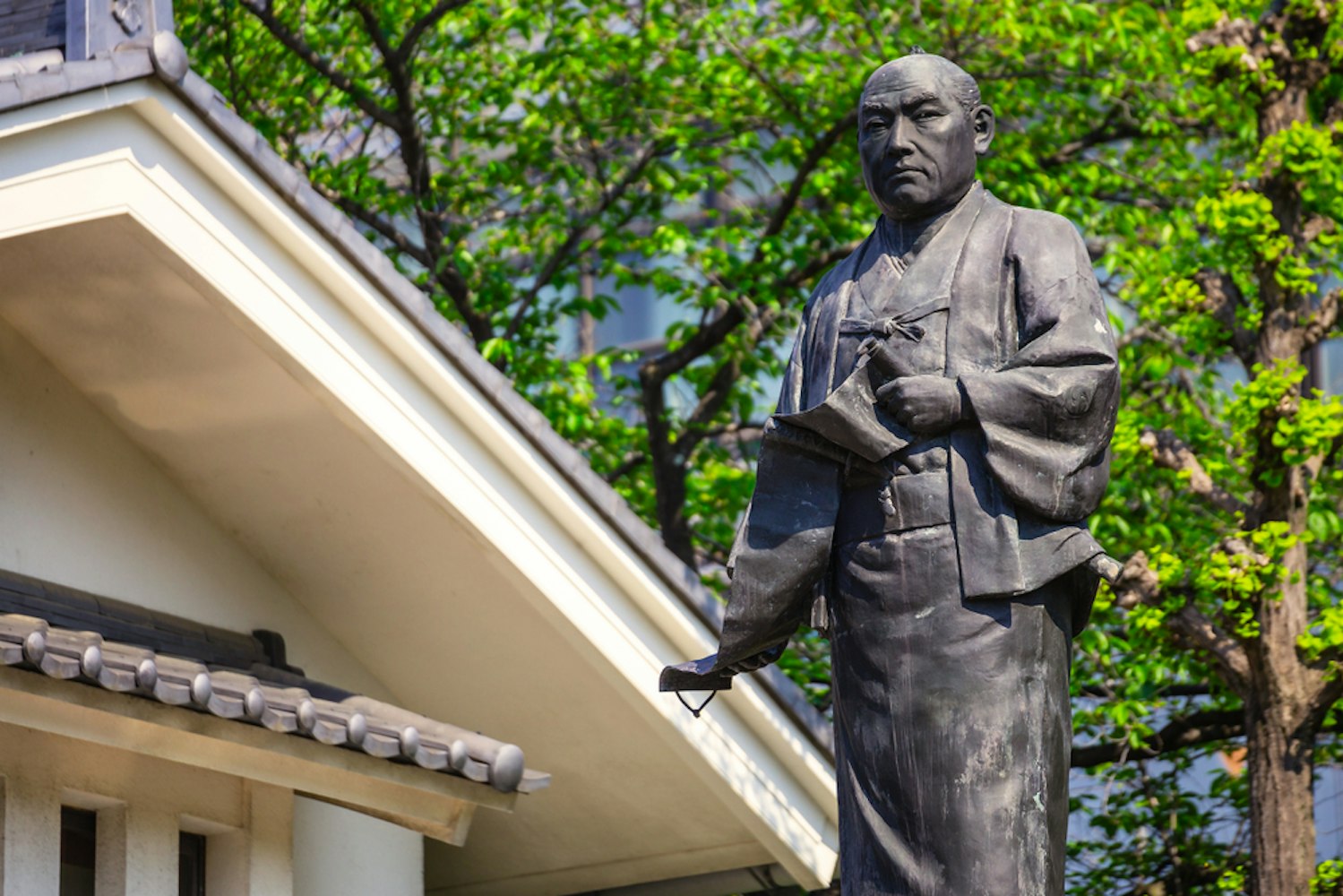
浪人有尊严地结束了他们的生活,进一步巩固了他们作为日本历史上传奇人物的地位。 他们被安置在森加古寺,与他们的主人阿萨诺勋爵一起休息. 今天,他们的坟墓是一个朝圣的地方,许多人希望向这些武士荣誉和忠诚的典范致敬。
47浪人的原始故事是一个强大的叙事,体现了忠诚,荣誉和报应的价值观。 他们为他们的主人阿萨诺勋爵报仇的行为,在攻击基拉后被迫切腹,作为不屈的忠诚和承诺的象征引起了共鸣。 浪人对基拉的攻击以及他们随后自愿投降以面对与他们的主人相同的命运进一步强调了他们对武士法典的遵守。
事实上,四十七个浪人的故事已经成为日本文化的一个组成部分,经常被引用为武士精神的终极表达。 他们的故事证明了武士在追求正义和荣誉方面所付出的努力,即使这意味着蔑视幕府的命令和面临一定的死亡。
47浪人故事的影响远远超出其历史意义。 它激发了许多艺术、文学和电影的改编,每一个都以其独特的诠释复述了这个故事。 武田出云的歌舞伎就是这样一个例子,叙述被戏剧化,突出了浪人坚定不移的忠诚和他们主人的悲惨结局。
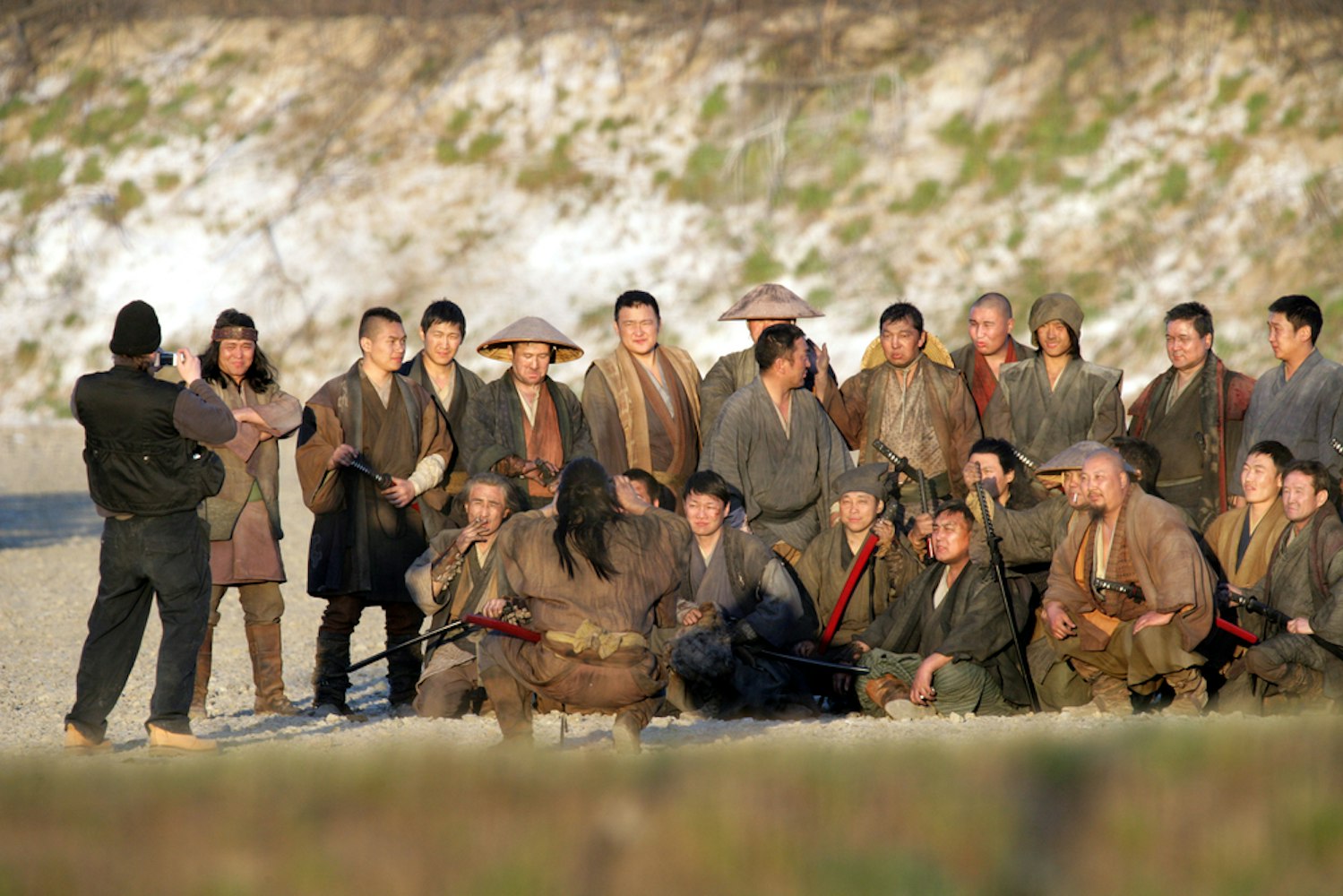
在电影中,这个故事已经在日本和国际上的几部电影中被描述。 这些电影表现往往强调荣誉,忠诚和报应的主题,加强了罗宁故事的文化意义。
这47个浪人的故事沉浸在忠诚、荣誉和报应中,是一个迷人的故事,继续引起全世界观众的共鸣。 从它的历史根源到它对艺术、文学和电影的影响,这个故事证明了武士精神永恒的魅力。
如果您对这部史诗传奇着迷,并希望深入了解武士的世界,我们邀请您访问我们的网站TripToJapan。 我们提供 正宗武士 这次旅行将带你穿过与四十七个浪人有关的历史遗迹,包括尖阁寺,浅野的坟墓和秘密庭院。
不要只读历史--用它来体验 曲普他潘. 探索,发现,并被迷住。

乘坐私家车游览东京的这些历史遗迹.
是的,有几部基于47Ronin故事的电影。 其中包括1941年的日本电影"The47Ronin",1962年的电影"Chushingura:Hana no Maki,Yuki no Maki,"以及基努*里维斯主演的2013年好莱坞改编剧《47浪人》。
武田出云是日本着名剧作家,他在歌舞伎剧《Kanadehon Chūshingura》中戏剧化了47名浪人的故事。"该剧在普及故事方面发挥了重要作用。
在为他们的主人报仇之后,47浪人变成了当局,并被命令进行切腹(仪式自杀)。 他们的坟墓可以在东京的森加古寺找到.
在47个浪人故事的版本中经常提到卡梅勋爵. 与浅野大人一起,他也被基拉的傲慢和不尊重激怒了。 然而,与浅野不同,龟井设法控制了自己的愤怒,避免了类似的命运。
这47名浪人袭击了吉拉吉纳卡,因为他们认为吉拉吉纳卡对他们的主人长野长野的死亡负责。 由于与基拉发生口角,浅野被迫切腹,浪人试图报复这种耻辱。
47浪人的真实故事涉及一群武士,他们为他们的主人浅野长森报仇,因为他因袭击一位名叫Kira Yoshinaka的法庭官员而被迫切腹(仪式自杀)。

